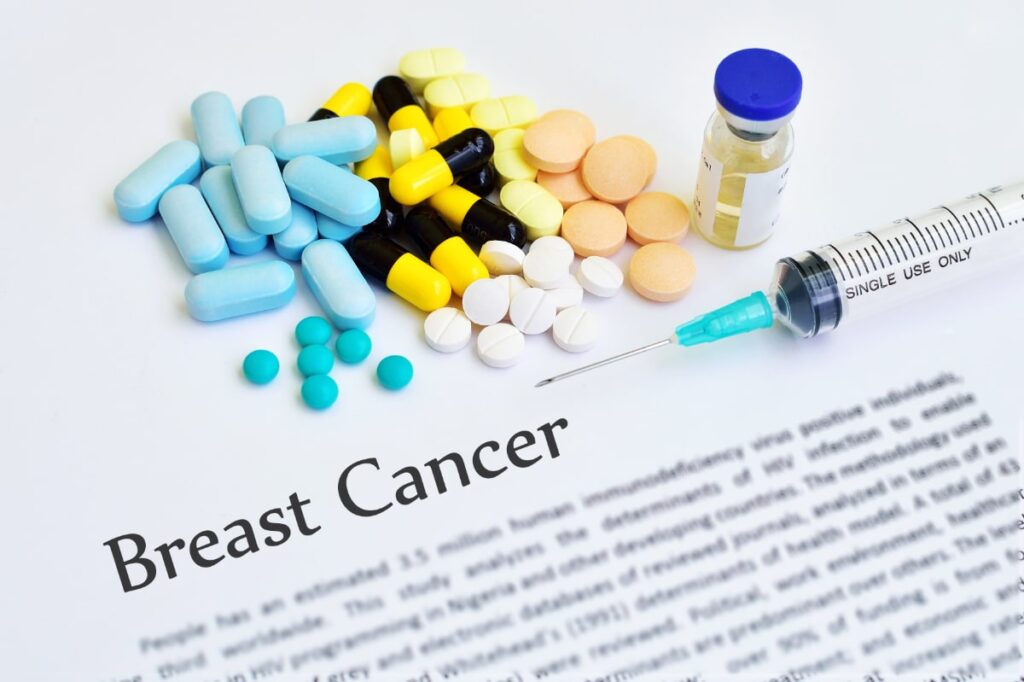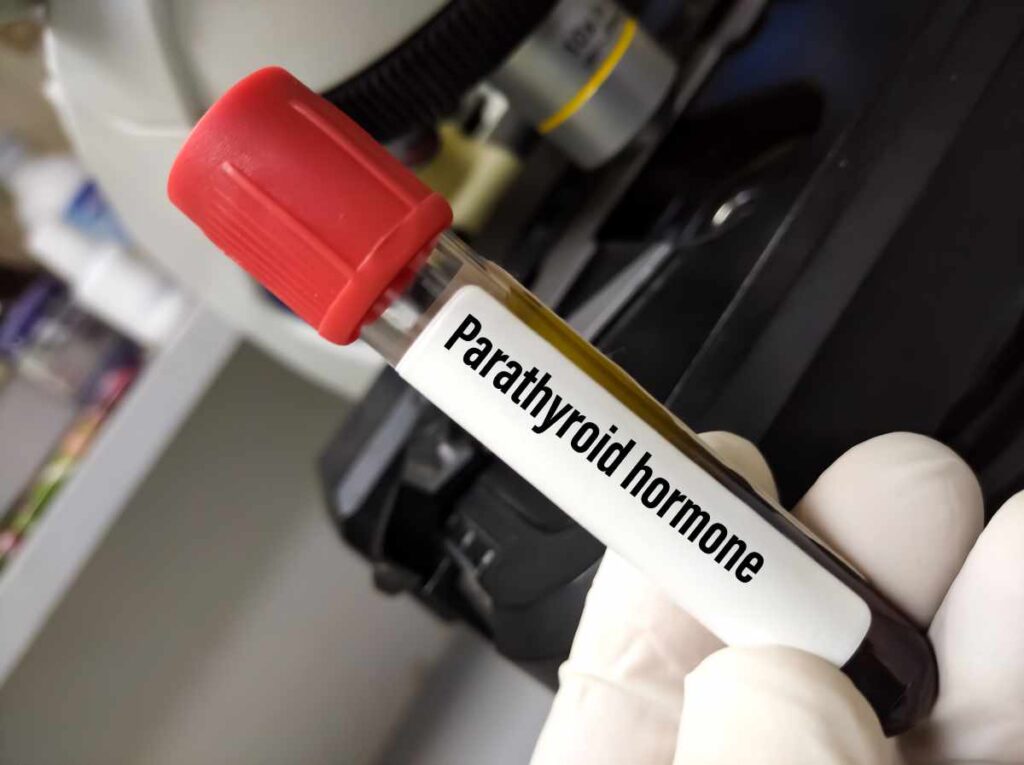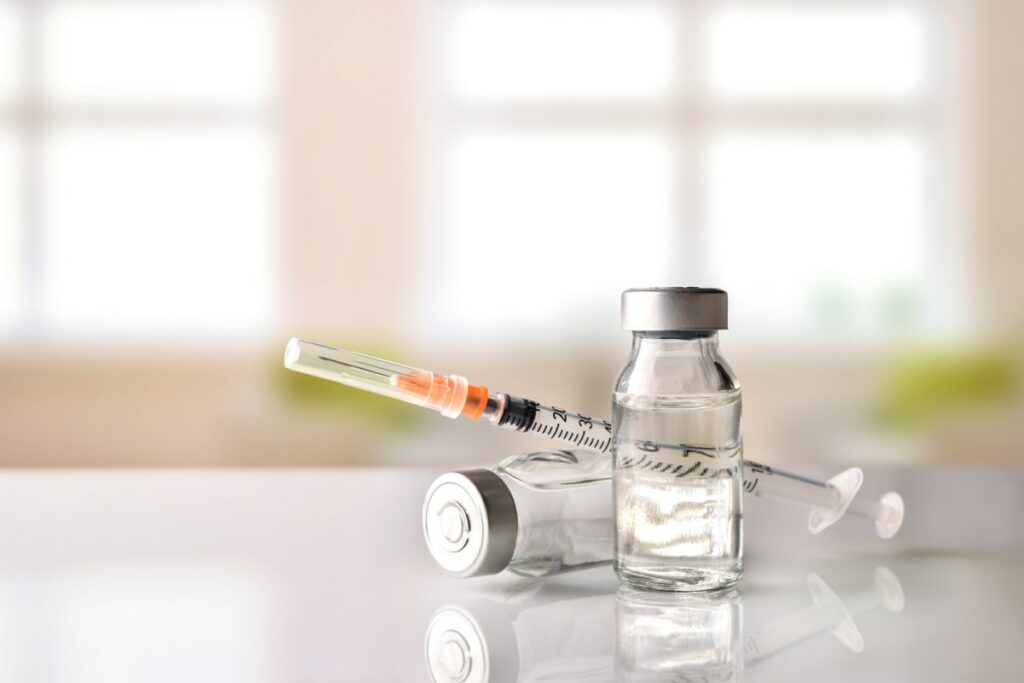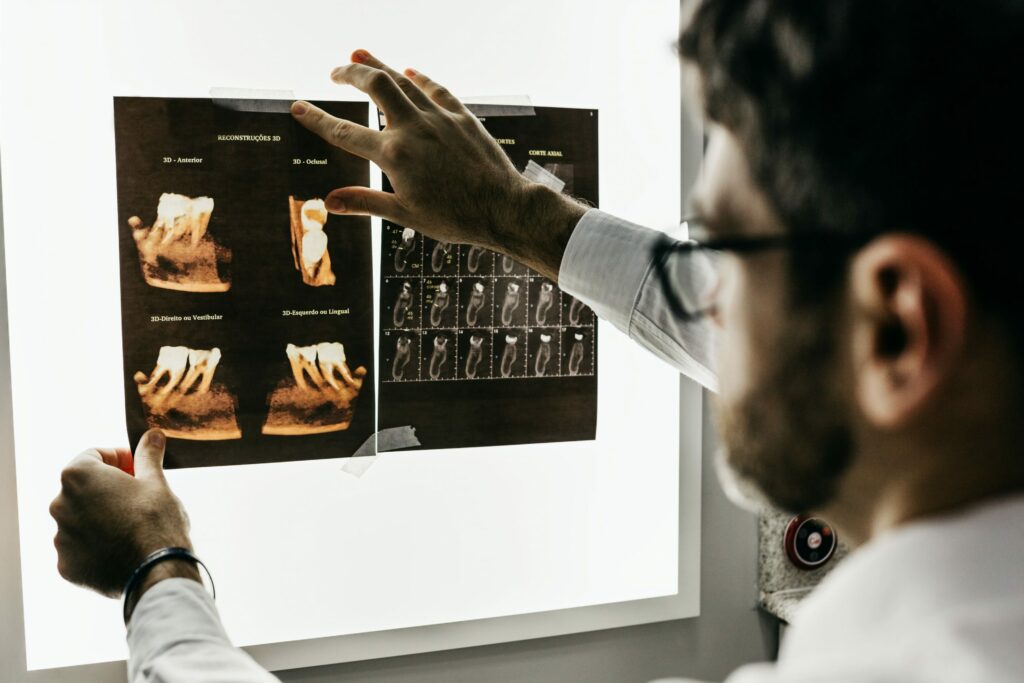A recent comprehensive research review published in May 2025 (1) examined how combining exercise and hormone therapy improves bone health. In today’s post we will review that study and also cover what was said regarding hormone replacement therapy at the April 2025 World Congress on Osteoporosis.
If you’re concerned about osteoporosis or have been wondering whether hormone therapy might benefit your bones, this post is for you.
Hormones, Estrogen and Bone Remodeling
Let me start by explaining what happens to your bones during menopause. Throughout your life, your bones are constantly going through a process called bone remodeling — breaking down old bone tissue and building new bone. This process is carefully balanced by two types of cells: osteoblasts that build bone, and osteoclasts that break it down.
Estrogen plays a crucial role in this process. It enhances the activity of bone-building osteoblasts while suppressing the bone-breaking osteoclasts. When estrogen levels decline during menopause, this delicate balance shifts dramatically. The result? More bone is being broken down than built up, leading to decreased bone mineral density and increased fracture risk.
The research shows that postmenopausal women can lose bone at an alarming rate — with bone resorption significantly outpacing bone formation. This is why osteoporosis affects one in three women over 50 worldwide.
Now, let’s talk about menopause hormone replacement therapy, or HRT. This treatment involves supplementing the hormones your body is no longer producing in adequate amounts.
Two Types of Hormone Replacement Therapy
There are two main types of hormone replacement therapy for menopause:
- Combined HRT includes both estrogen and a progestogen (like progesterone). This is recommended for women who still have their uterus, as the progestogen protects the lining of the uterus from the effects of estrogen alone.
- Estrogen-only HRT is suitable for women who have had a hysterectomy, since there’s no uterus to protect.
The research shows that HRT works by reducing excessive bone resorption – essentially putting the brakes on the bone-breaking osteoclasts that go into overdrive after menopause.

Exercise and Bone Health
Exercise is another powerful tool for bone health. When you exercise, especially with weight-bearing and strength training activities, you create mechanical stress on your bones.
This stress triggers your bone cells — specifically the osteocytes — to respond by stimulating new bone formation.
The research review analyzed multiple studies and found that specific types of exercise are most effective for menopausal women:
- Strength training at 70-85% of your one-repetition maximum, performed 2-3 times per week
- Weight bearing exercise activities like jumping, running, or hopping, done at least 3 times per week
- Combined programs that include both strength and weight bearing exercises such as Exercise for Better Bones
The key finding? Exercise alone can significantly improve bone mineral density in the lumbar spine, femoral neck, and total hip.
Hormone Therapy and Exercise
Here’s where it gets really interesting. The research found something remarkable: when hormone therapy and exercise are combined, they work better together than either intervention alone.
Specifically, the studies showed that hormone therapy and exercise generated significantly greater effects on both femoral neck bone density and lumbar spine bone density compared to exercise-only interventions. This suggests what researchers call “a positive estrogenic response to mechanical loading during exercise.”
In simpler terms, estrogen appears to amplify your bones’ response to the mechanical stress of exercise. Think of it as estrogen making your bones more receptive to the bone-building signals that exercise provides.
The research noted that mixed loading exercise programs — those combining different types of activities — were particularly sensitive to this hormone therapy enhancement, especially for spine bone density.
Hormone Therapy: Are There Risks?
While these findings are encouraging, I want to be completely transparent about the risks associated with hormone therapy. The research acknowledges several important safety considerations:
The most commonly studied form of hormone therapy in these studies was conjugated equine estrogens (CEE) with medroxyprogesterone acetate (MPA), taken orally. However, studies have linked this combination to increased risks of:
- Breast cancer
- Blood clots (thromboembolism)
- Stroke
- Cardiovascular disease
It’s important to note that current prescribing practices have evolved significantly. Many healthcare providers now prefer:
- Transdermal estrogen (patches, gels, or sprays) which may have lower risks of blood clots and stroke
- Bioidentical progesterone rather than synthetic progestins
The research emphasizes that most current guidelines recommend hormone therapy primarily for women under 60 or within 10 years of menopause, and only when other treatments aren’t suitable.
When the brakes were put on the use of hormone therapy for women in North America, following the Women’s Health Initiative Study in 2000 the same was not the case in Europe and South America.
At the world congress this past April, gynecologist from Brazil and Italy spoke of the youthfulness that went beyond bones in their 80 and 90 year old patients who had been using hormone replacement therapy for decades.
HRT and Exercise Recommendations
Based on this research, here are my five evidence-based recommendations:
- Prioritize Exercise as Your Foundation Regardless of whether you choose hormone therapy, exercise should be central to your bone health strategy. The research consistently shows that structured exercise programs can significantly improve bone density.
- Consider the Timing If you’re considering hormone therapy for bone health, the research suggests it may be most effective during perimenopause and early postmenopause — ideally within the first 10 years after menopause.
- Focus on Combined Exercise Programs Aim for a program that includes:
- Strength training 2 to 3 times per week at moderate to high intensity
- Weight bearing exercise activities at least 3 times per week
- Duration of at least 6 months, with longer programs showing better results
- Discuss Modern Hormone Replacement Therapy Options with Your Doctor If you’re considering hormone therapy, talk with your healthcare provider about:
- Transdermal estrogen delivery methods
- Bioidentical hormone options
- Your individual risk profile
- The timing of initiation
- Take a Personalized Approach The research emphasizes that osteoporosis management requires a personalized, multifaceted approach. Your treatment plan should consider your individual risk factors, medical history, and preferences.
Conclusion
Remember, while exercise is universally beneficial and recommended for bone health, hormone therapy isn’t appropriate for everyone. The research noted that many guidelines prioritize other medications like bisphosphonates as first-line treatments for osteoporosis, with hormone therapy considered when these aren’t suitable.
The key takeaway from this research is that if you are a candidate for both interventions, combining exercise with appropriate hormone therapy may provide synergistic benefits for your bone health that neither approach can achieve alone.
This research gives us valuable insights into how we can optimize bone health during and after menopause. The combination of exercise and hormone therapy shows promise, but it’s crucial to work with knowledgeable healthcare providers who can help you weigh the benefits and risks based on your individual situation.
Remember, building and maintaining bone health is a marathon, not a sprint.
Consistency with exercise, whether combined with hormone therapy or not, remains your most powerful tool for strong bones and reduced fracture risk.
Margaret Martin
Further Reading
Reference
- Platt Olivia , Bateman James , Bakour Shagaf, Impact of menopause hormone therapy, exercise, and their combination on bone mineral density and mental wellbeing in menopausal women: a scoping review, Frontiers in Reproductive Health, Volume 7 – 2025, DOI=10.3389/frph.2025.1542746






Comments